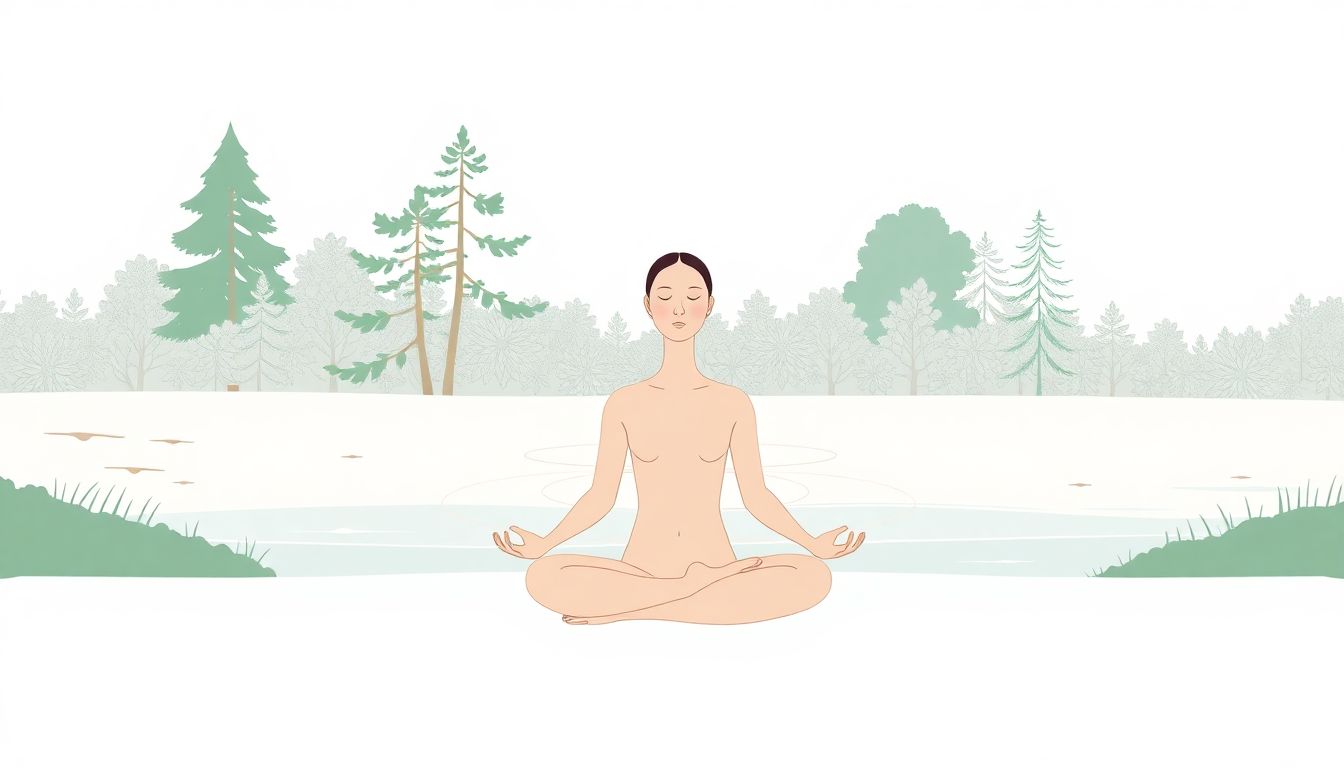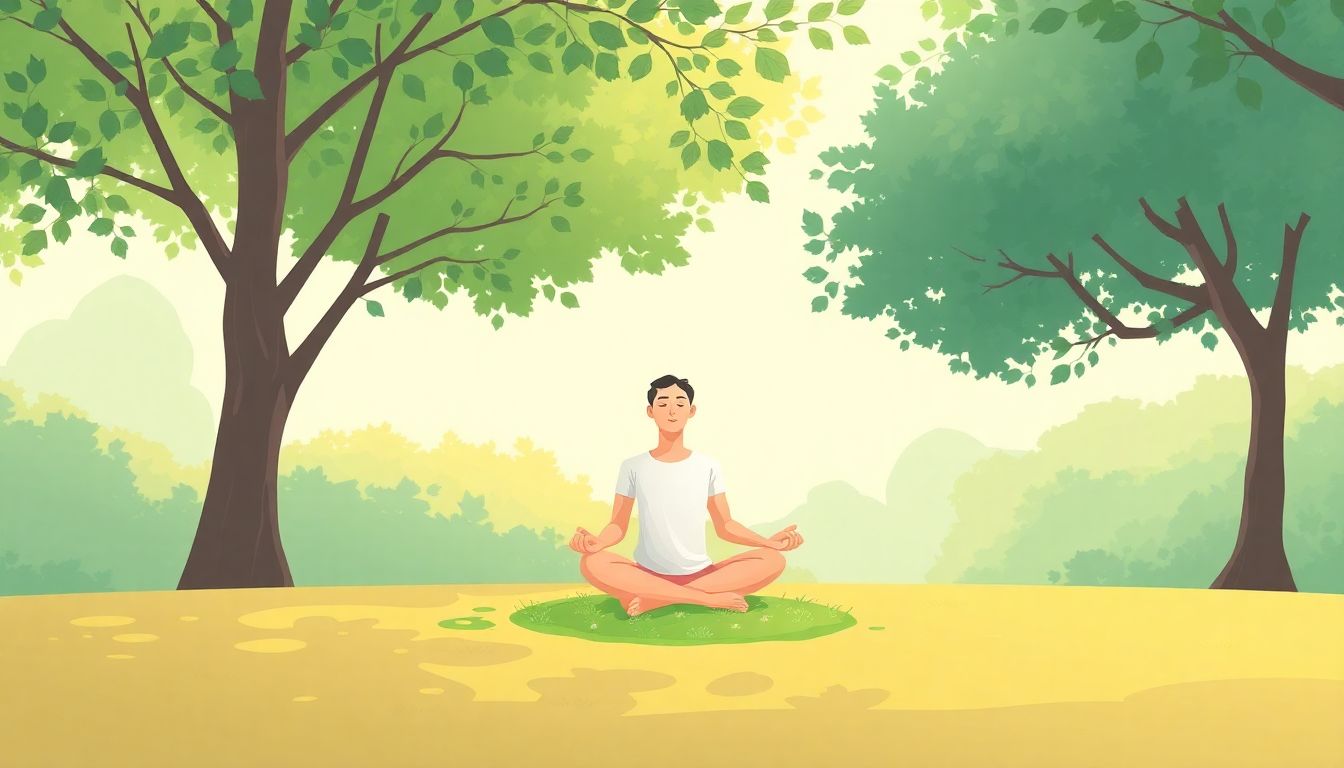It’s no secret that we often forget to take a deep breath, especially during our busy days. Stress, anxiety, and overwhelming to-do lists can leave us feeling breathless. You might be looking for a way to incorporate breathing exercises into your routine but don’t know where to start.
Well, you’re in luck! If you stick around, you’ll discover effective ChatGPT prompts designed to help you create engaging breathing exercise tutorials that even beginners can follow. These prompts can transform your approach to mindfulness and relaxation.
From simple techniques for newbies to tailored sessions for kids, we’ll cover a variety of topics that make breathing exercises practical and enjoyable. Let’s breathe new life into your day!
Key Takeaways
- Breathing exercises help reduce stress, anxiety, and improve overall well-being.
- For beginners, techniques like the 4-7-8 method and diaphragmatic breathing are effective starting points.
- Guided exercises, such as box breathing, can enhance relaxation and mental clarity.
- Incorporating breathing practices into bedtime routines can improve sleep quality.
- Mindful breathing enhances awareness and focus and can be done in under five minutes.
- Deep breathing is a powerful tool for anxiety management; try diaphragmatic breathing.
- Teaching kids breathing exercises can be fun and engaging, with games like Bunny Breathing.

Effective ChatGPT Prompts for Breathing Exercise Tutorials
If you’re looking to create engaging breathing exercise tutorials with ChatGPT, having the right prompts can make all the difference.
Here are some effective suggestions to get you started:
- “Generate a step-by-step tutorial for simple breathing exercises for beginners.”
- “List 5 interactive breathing tutorial ideas that are suitable for stress relief.”
- “Create a detailed guide on how to practice mindfulness through breathing techniques.”
- “Provide a set of prompts for guided meditation focused on breathing.”
Using these prompts, you can tap into the potential of AI to create thoughtful and effective breathing exercise content.
Simple Breathing Techniques for Beginners
Starting with basic breathing exercises can be incredibly beneficial for newcomers.
One of the simplest techniques is the 4-7-8 method, where you inhale for 4 seconds, hold for 7 seconds, and exhale for 8 seconds.
This method promotes relaxation and helps regulate your breath.
Try this prompt with ChatGPT: “Explain the 4-7-8 breathing technique and its benefits in a beginner-friendly manner.”
Another beginner-friendly technique is diaphragmatic breathing, where you breathe deeply from your diaphragm instead of shallowly from your chest.
To practice, place one hand on your chest and the other on your belly and ensure that only your belly rises when you inhale.
Use the prompt: “List easy breath control methods suitable for absolute beginners.”
By starting with these foundational techniques, beginners can quickly feel more comfortable and confident in their breathing practice.
Guided Breathing Exercises for Stress Relief
Guided breathing exercises can significantly reduce stress and anxiety, providing a mental break when needed.
One popular technique is box breathing, where you breathe in for 4 counts, hold for 4 counts, breathe out for 4 counts, and hold again for 4 counts.
This pattern creates a rhythmic breathing flow that calms the nervous system.
Try asking ChatGPT to: “Create a guided box breathing script for stress relief.”
Another effective method is the “5-4-3-2-1” grounding technique, which incorporates sensory awareness along with breath.
As you breathe, identify 5 things you can see, 4 things you can touch, 3 things you can hear, 2 things you can smell, and 1 thing you can taste.
This method helps shift focus away from stressors while calming your breath.
You can use the prompt: “Explain the ‘5-4-3-2-1’ grounding technique while integrating breathing exercises for stress relief.”
Implementing these guided exercises can pave the way for a relaxed mindset and improved well-being.
Breathing Exercises for Better Sleep
Breathing exercises can be a game changer for those struggling with sleep issues.
One effective technique is the 4-7-8 method mentioned earlier, which calms the mind and prepares the body for sleep.
You can ask ChatGPT to provide a nighttime relaxation routine that incorporates various breathing exercises by using the prompt: “Create a soothing bedtime breathing routine for better sleep.”
Another method is progressive muscle relaxation accompanied by deep breathing, where you tense and then relax each muscle group while focusing on your breath.
To customize this for sleep, prompt: “Give me a script for a bedtime breathing exercise that includes progressive muscle relaxation.”
By integrating these breathing techniques into your nightly routine, you can significantly improve your sleep quality.

Prompt Ideas for Mindful Breathing Practices
Mindful breathing practices can enhance awareness while fostering a sense of calm.
One effective prompt to try is: “Create a series of mindful breathing exercises that can be done in 5 minutes or less.”
Another great idea is: “List 10 reflective breathing cues that help anchor the mind during meditation.”
For a practical example, use this prompt: “Generate a daily mindful breathing routine that includes instructions for different techniques.”
Additionally, think about asking ChatGPT: “Explain how to cultivate awareness through breath awareness exercises for beginners.”
By using these prompts, you can guide users towards a deeper understanding of mindful breathing.
Breathing Exercises to Improve Focus and Concentration
Focusing your breath can significantly enhance mental clarity and concentration.
Try this prompt to get started: “Outline five breathing exercises specifically designed to boost focus during work or study.”
One effective technique is the “Focused Breathing” method, where you inhale deeply for four counts, hold for two, and exhale slowly for six counts.
Ask ChatGPT: “Provide a detailed script for a focused breathing exercise that improves concentration.”
Moreover, inquire: “Suggest workplace breathing practices that can help reduce distractions and maintain productivity.”
Utilizing these prompts can help others harness the power of breath to stay on task and enhance cognitive performance.
Deep Breathing Techniques for Anxiety Management
Deep breathing techniques are straightforward yet powerful tools for managing anxiety.
Consider using this prompt: “Detail three deep breathing exercises that effectively help reduce anxiety symptoms.”
One popular method is “Diaphragmatic Breathing,” also known as belly breathing, which encourages full oxygen exchange.
To explore this technique further, prompt: “Explain the benefits of diaphragmatic breathing for anxiety and provide instructions.”
You might also try: “Create a guided breathing exercise that combines deep breathing with visualization techniques.”
With these prompts, you can develop resources that help users combat anxiety through effective breath control.
Prompts for Teaching Kids Breathing Exercises
Teaching kids about breathing exercises can make relaxation fun and engaging.
Try this prompt: “Generate a list of fun breathing exercises designed specifically for children.”
One enjoyable technique is the “Bunny Breathing,” where kids can pretend to be bunnies taking quick sniffs and deep breaths.
Ask ChatGPT: “Outline a simple breathing game that encourages children to practice mindfulness and breath control.”
Additionally, you can use the prompt: “List creative ways to incorporate breathing exercises into a classroom setting.”
These prompts can provide tools to help children learn about mindfulness while enjoying the process.

How to Customize Breathing Exercise Prompts
Customizing breathing exercise prompts allows you to tailor content to fit specific needs and preferences.
Start by identifying the audience you’re addressing, such as beginners, children, or those dealing with anxiety.
Next, use targeted prompts to guide your creation.
For instance, try: “Create a breathing exercise prompt tailored for children aged 5-10.”
You could also adapt based on the setting, like asking: “Develop a breathing exercise suitable for a busy office environment.”
Consider the time available for practice too; for example, prompt: “Outline a quick 2-minute breathing routine for a break at work.”
Engagement can be enhanced by incorporating interactive elements, so try: “Generate a fun breathing exercise prompt that includes games or challenges.”
By using these strategies, you can create prompts that resonate and truly benefit your audience.
Prompts for Incorporating Breathing Exercises into Daily Routines
Incorporating breathing exercises into daily routines can enhance overall well-being and mindfulness.
Start with an easy prompt: “List five breathing exercises that can be done while commuting.”
You could follow this with: “Create a morning breathing ritual that sets a positive tone for the day.”
A great prompt to consider is: “Suggest reminders for short breathing exercises throughout a busy workday.”
Additionally, think about: “Draft a weekly plan that integrates breathing exercises into fitness routines.”
Don’t forget to ask ChatGPT: “Explain how to create a calming pre-sleep breathing practice to wind down your day.”
These prompts can help users establish a routine that prioritizes mindful breathing, making it a part of their daily lives.
FAQs
Simple techniques include diaphragmatic breathing, box breathing, and 4-7-8 breathing. These methods can help beginners understand rhythmic breathing, promote relaxation, and improve lung capacity.
Breathing exercises activate the body’s relaxation response, reducing cortisol levels, lowering heart rate, and calming the mind. This promotes a state of tranquility, which can significantly relieve stress and anxiety.
Exercises such as progressive muscle relaxation with deep breathing, 4-7-8 breathing, or guided visualization can help calm the mind and prepare the body for restful sleep, making them effective sleep aids.
To teach kids, use fun techniques like “bubble breathing” or “lion’s breath.” Keep sessions short, engaging, and incorporate storytelling to demonstrate how breathing affects feelings and helps in calming down.
